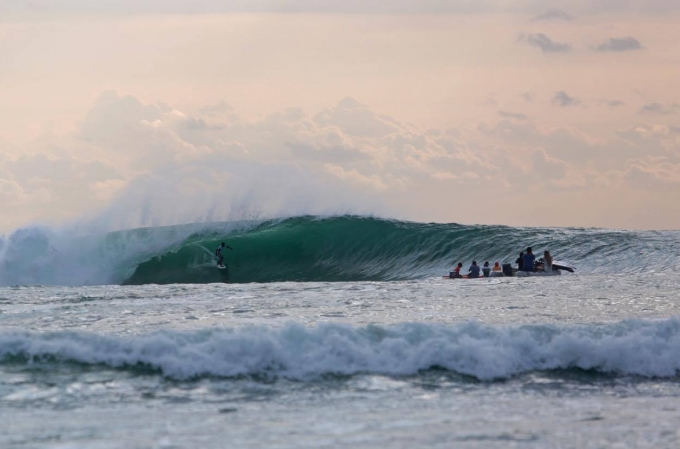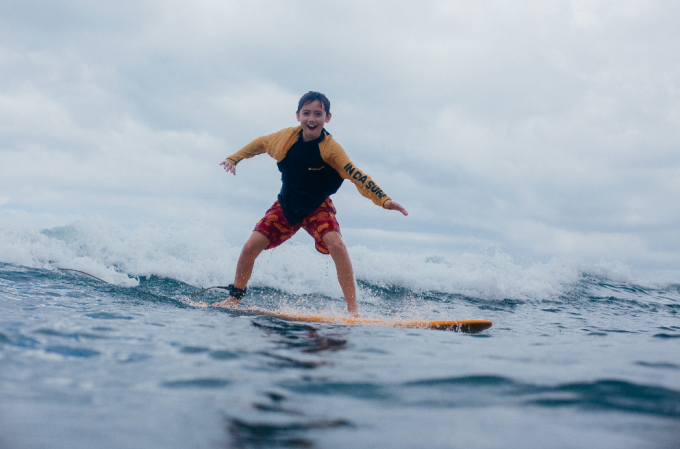4 Tips To Improve Your Paddle
May 05, 2017 | 0 Comment

Most of the skills we have in surfing come from just spending time in the water
developing intuition. The longer we spend watching the waves, the better we get
at picking the right ones. The more waves we surf, the better we understand how
they feel and how to move along them. However, some things cannot come just
from instinct but require study and training.
We’ve all been in the situation where you start paddling out and almost instantly
feel tiered and sore. You can’t keep position against the currents and you can’t
paddle hard enough to catch waves. We put it down to a bad day, maybe we’ve
just been surfing too much lately. And while that may be the case, it’s far more
likely that the problem lies in our technique, more specifically, our paddle
technique.
A good paddle technique should stop any pain you develop. ‘Surfers shoulder’
isn’t just something unavoidable that happens, you’re doing something wrong.
But fear not, we’ve put together a list of ways you can improve your paddling.
Once you’ve mastered the paddle, not only will you have fewer injuries but also
you’ll be able to paddle faster and longer without using up all your energy.
1. Position
Position on the board is incredibly important. Lie too far back and you’ll cause
too much drag making it impossible to get anywhere. Too far forward and you’ll
just start nose-diving while you paddle.
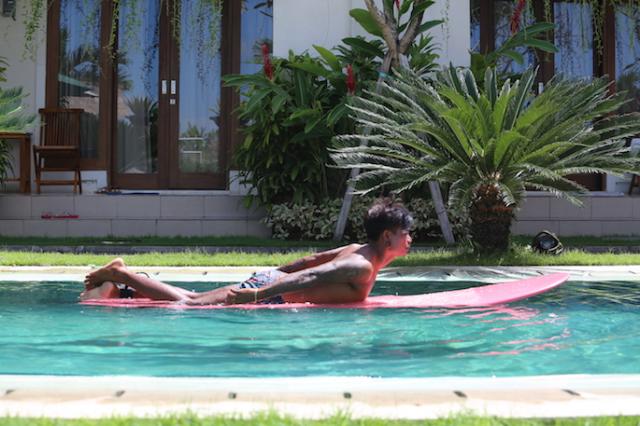
(Correct)
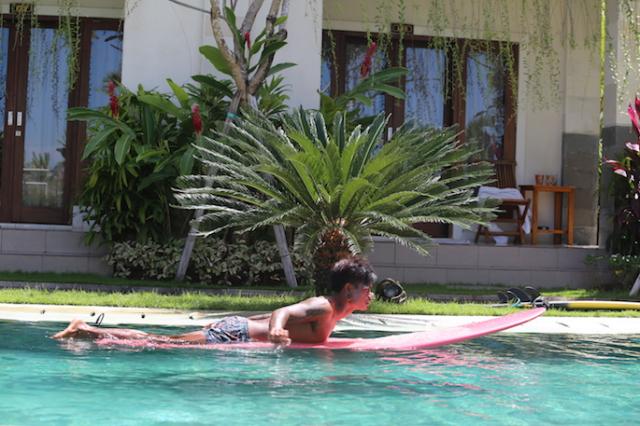
(Incorrect)
You should lie in the centre of your board with your feet together. Play around
with your positioning towards the front and back until you find the sweet spot.
Every board is different. On long boards, you’ll find your toes will be right at the
bottom of the board while for short boards, you may even find that your sweet
spot means the nose of your board lies just under the surface of the water.
2. The S-stoke
While at first, on longboards, you may simple lift your arm and push it under the
water along the side of the board. You will find as you move to shorter boards
that in fact an s-shaped stroke will get you much further. As your hand enters the
water, pull it under your board and around and back out as it leaves the water,
making an s-shape.
3. Slightly open fingers
It might seem to make more sense to hold your fingers tightly together to create
as much force as possible. But more force doesn’t necessarily lead to more
efficiency. Actually it works a lot better to keep your fingers slightly open, how
much will depend on what’s most confortable for you but it’s thought that about
30% is best.
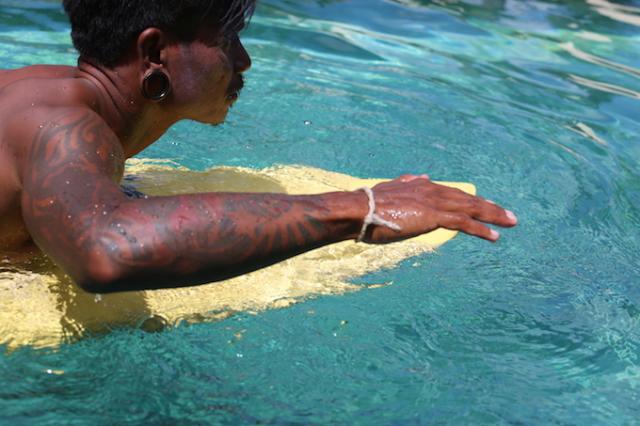
(Correct)
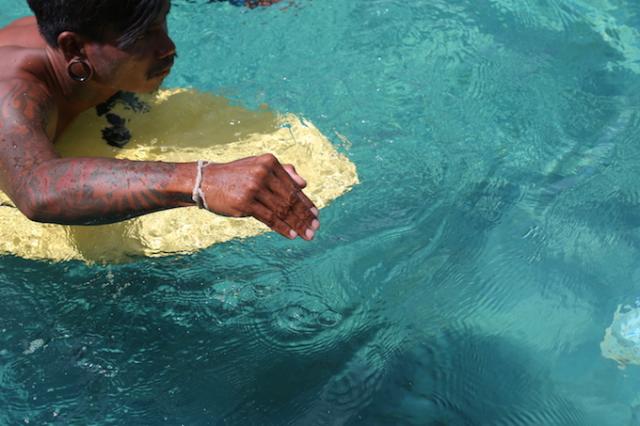
(Incorrect)
4. Different paddles for different waves
Finally, every wave is different and this means we have to adapt our paddle to
suit them. For a cleaner, more hollow wave, you have to paddle deep and strong.
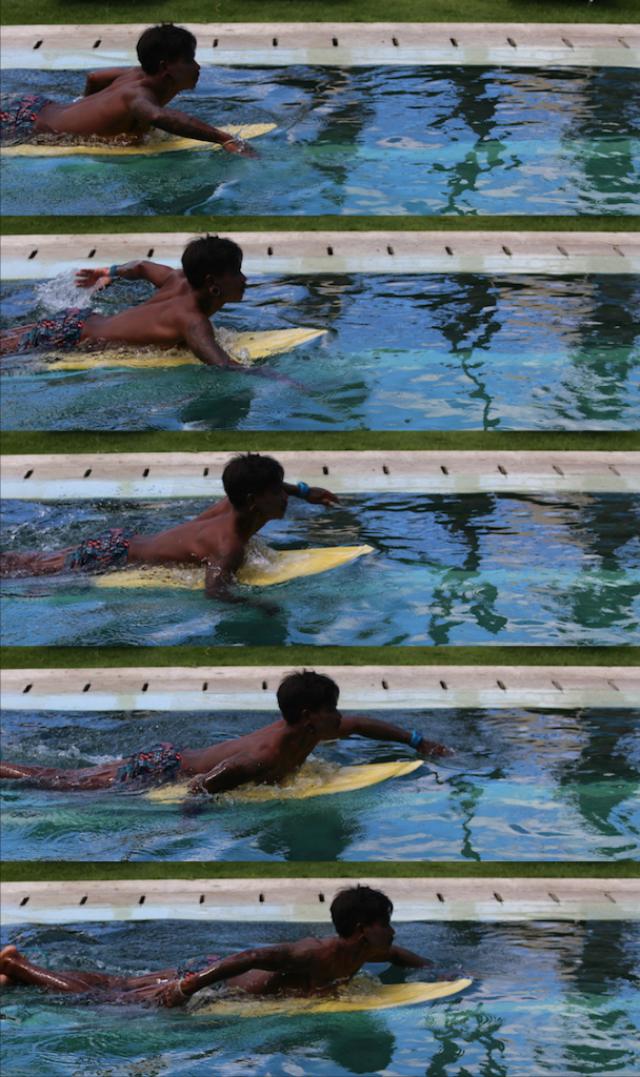
However for a mushy, messy wave, you want to stay above all that white wash so
it requires a lighter, less penetrative and quicker stroke.
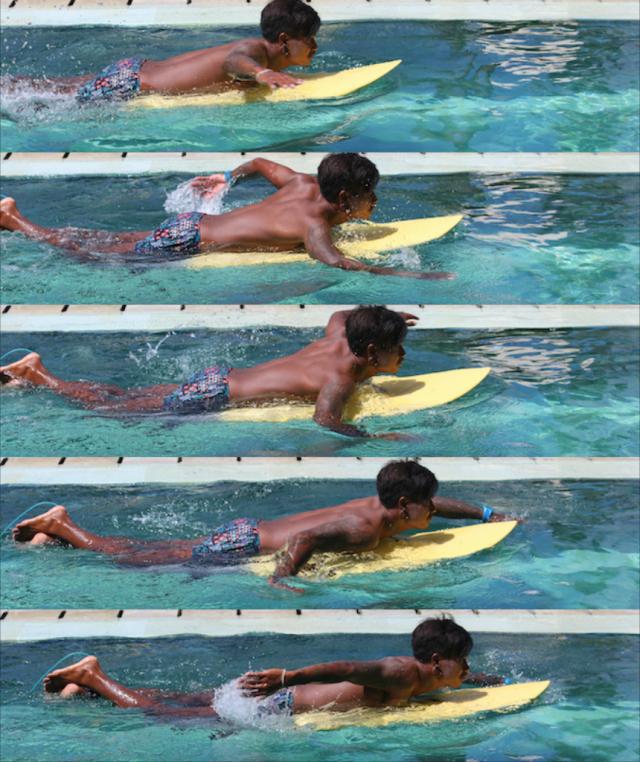
Once you’ve begun to implement these changes into your surfing, the next step is
to make them become muscle memory. You’ll be catching more waves, getting
less injuries and lasting longer out in the water. Go get some waves!
Categories
Popular post
Surfing Spots: An Advanced Guide of Surfing Beaches in Bali
May 22, 2017
Bali is every surfer’s paradise. There are tons of surfing spots around Bali whether you...
Summer Surf Camp for Kids
July 06, 2020
Summer is the time of school holidays so it's usually associated with a family...
A General Guide to Surfboard Fins
September 21, 2016
(cover photo credit @victorcrespo.photo) This is by no means a definitive guide to...

